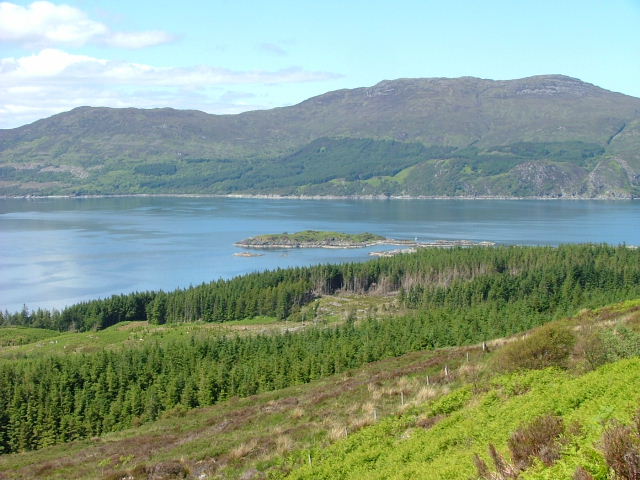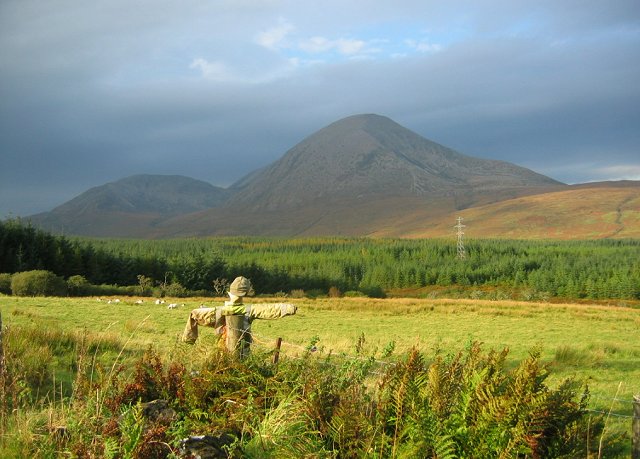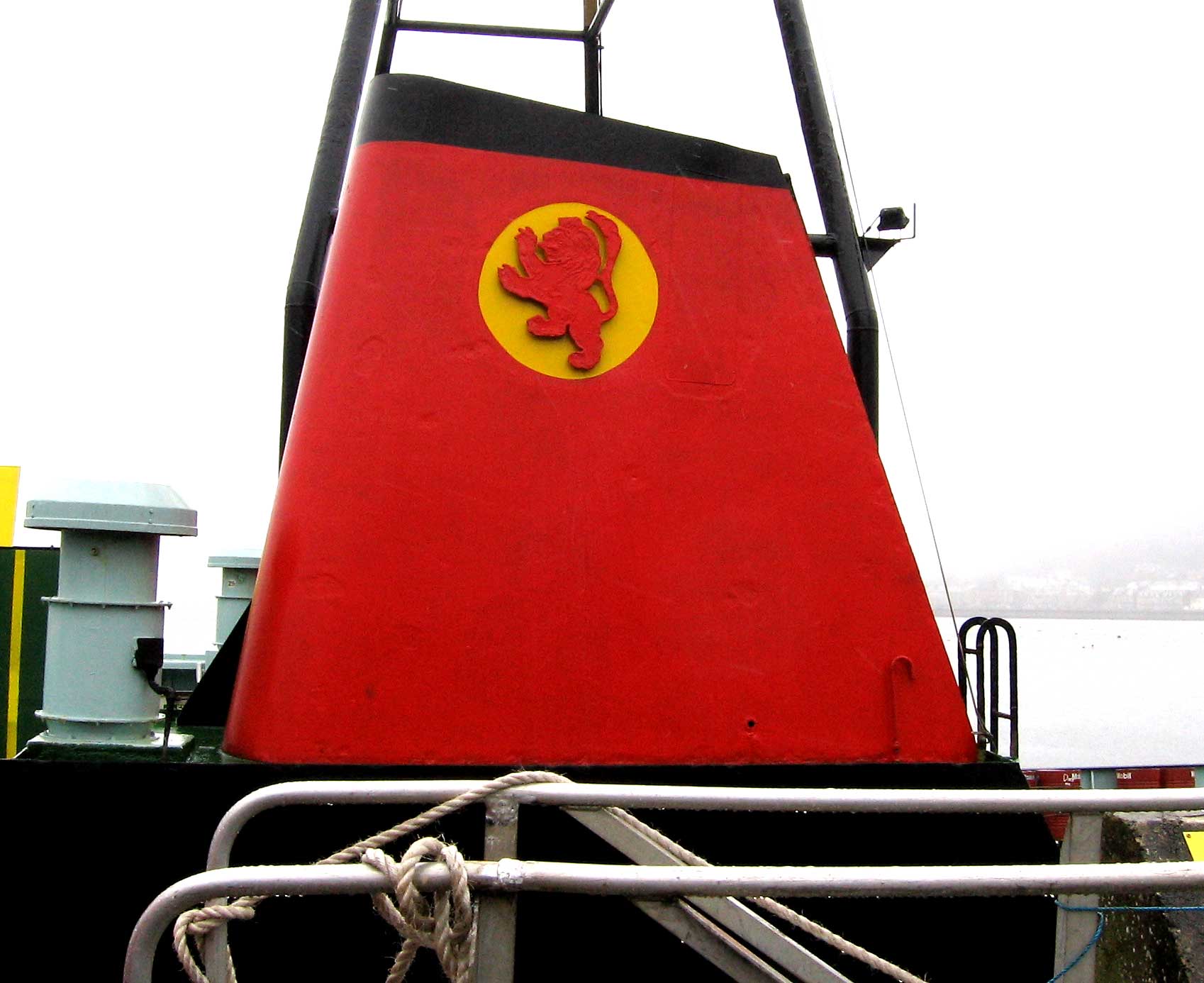|
Sleat
Sleat is a peninsula and civil parish on the island of Skye in the Highland council area of Scotland, known as "the garden of Skye". It is the home of the clan ''MacDonald of Sleat''. The name comes from the Scottish Gaelic , which in turn comes from Old Norse ''sléttr'' (smooth, even), which well describes Sleat when considered in the surrounding context of the mainland, Skye and mountains that dominate the horizon all about Sleat. Geography The peninsula extends from an isthmus between the heads of Loch Eishort and Loch na Dal for southwest to Point of Sleat at the southern tip of Skye. It is bounded on the northwest by Loch Eishort and on the southeast by the Sound of Sleat. Most of Sleat, unlike most of Skye, is fairly fertile, and though there are hills, most do not reach a great height. Communities Sleat is a traditional parish that has several communities and two major landowners (the Clan Donald Lands Trust and Eilean Iarmain Estate). Most of the population li ... [...More Info...] [...Related Items...] OR: [Wikipedia] [Google] [Baidu] |
Skye
The Isle of Skye, or simply Skye (; gd, An t-Eilean Sgitheanach or ; sco, Isle o Skye), is the largest and northernmost of the major islands in the Inner Hebrides of Scotland. The island's peninsulas radiate from a mountainous hub dominated by the Cuillin, the rocky slopes of which provide some of the most dramatic mountain scenery in the country. Slesser (1981) p. 19. Although has been suggested to describe a winged shape, no definitive agreement exists as to the name's origins. The island has been occupied since the Mesolithic period, and over its history has been occupied at various times by Celtic tribes including the Picts and the Gaels, Scandinavian Vikings, and most notably the powerful integrated Norse-Gaels clans of MacLeod and MacDonald. The island was considered to be under Norwegian suzerainty until the 1266 Treaty of Perth, which transferred control over to Scotland. The 18th-century Jacobite risings led to the breaking-up of the clan system and later clearanc ... [...More Info...] [...Related Items...] OR: [Wikipedia] [Google] [Baidu] |
Aird Of Sleat
Aird of Sleat ( gd, Àird Shlèite) is a village on the Isle of Skye in Scotland. It is at the southern end of the Sleat peninsula, southeast of Ardvasar and Armadale, at the end of a minor road. Lying from Point of Sleat, it is the southernmost settlement on Skye. A track leads from the village to the Point of Sleat Lighthouse. The village is home to the Aird Old Church which is now converted into an art gallery An art gallery is a room or a building in which visual art is displayed. In Western cultures from the mid-15th century, a gallery was any long, narrow covered passage along a wall, first used in the sense of a place for art in the 1590s. The lon .... References External links Aird Old Church Art Gallery Website Populated places in the Isle of Skye {{Highland-geo-stub ... [...More Info...] [...Related Items...] OR: [Wikipedia] [Google] [Baidu] |
Tarskavaig
Tarskavaig (''Tarsgabhaig'' in Scottish Gaelic) is a crofting village on the west coast of Sleat on the Isle of Skye in Scotland. It sits in a glen which meets Tarskavaig Bay and lies opposite the Isles of Eigg, Rum and Canna. It is often said that Tarskavaig has the best view of the Cuillin in Skye. Tarskavaig is a traditional crofting village, with a high number of Gaelic speakers, several families with children, and active crofters. It has an SSSI related to the Tarskavaig Moine Thrust, which is located at Achnacloich. The crofting township of Achnacloich or Achadh na Cloiche (Scottish Gaelic: "Stonefield") is located on the outskirts of Tarskavaig by the Gillean Burn watercourse. History The small coastal crofting community of Tarskavaig is located, within Lord MacDonald's old estate, on the Sleat peninsula of Skye. The first Norwegian settlers arrived on Skye around 875 AD and with inter-marriage a Celtic-Norwegian population was quickly established. The name of the vi ... [...More Info...] [...Related Items...] OR: [Wikipedia] [Google] [Baidu] |
Sound Of Sleat
The Sound of Sleat is a narrow sea channel off the western coast of Scotland. It divides the Sleat peninsula on the south-east side of the Isle of Skye from Morar, Knoydart and Glenelg on the Scottish mainland. The Sound extends in a south-south west direction for from Loch Alsh. It is widest () at the south-west entrance and narrows to just at Kyle Rhea, a narrow channel which connects the Sound through to Loch Alsh. The name is inherited from the peninsula to the north of the Sound, which derives its name from its Scottish Gaelic form ''Sléibhte'' (or ''Slèite''), which in turn comes from Old Norse ''sléttr'' meaning smooth or even. On the mainland side of the Sound are the entrances to Loch Nevis and Loch Hourn. The largest settlement on the mainland side is Mallaig which sits at the entrance to the Sound. On the Skye side of the Sound sit Knock Castle, a former stronghold of the MacDonalds, and the village of Armadale. The Sound is traversed on a regular basis in th ... [...More Info...] [...Related Items...] OR: [Wikipedia] [Google] [Baidu] |
Kilmore, Skye
Kilmore (Gaelic: ''A' Chille Mhór'') is a small hamlet, on the east coast of the Sleat peninsula of the Isle of Skye is in the Scottish council area of Highland. It lies on the A851 road and is southwest of Ferindonald. Sleat Parish Church (1876) is located here, with the ruins of the Old Parish Church behind (1631–1876). A former Minister Rev. John Forbes (1818–63) was a noted Gaelic scholar who wrote a Gaelic grammar and investigated the deaths of three girls from the parish who were taken to the cotton mills of Manchester as forced-labour and published his findings in a book ''Weeping in the Isles'' (1853). Bun-sgoil Shlèite and Sleat Medical Centre are located at the southern end of Kilmore, and the Gaelic college Sabhal Mòr Ostaig Sabhal Mòr Ostaig () (Great Barn of Ostaig) is a public higher education college situated in the Sleat peninsula in the south of the Isle of Skye, with an associate campus at Bowmore on the island of Islay, Ionad Chaluim Chille ... [...More Info...] [...Related Items...] OR: [Wikipedia] [Google] [Baidu] |
Point Of Sleat Lighthouse
The Point of Sleat Lighthouse is a lighthouse on Skye in the Inner Hebrides, Scotland. It was built in 1934 at the Point of Sleat at the southern end of the island. In 2003 the tower was dismantled and replaced by a concrete structure with a solar powered light. See also * List of lighthouses in Scotland * List of Northern Lighthouse Board lighthouses This is a list of the currently operational lighthouses of the Northern Lighthouse Board (NLB). The list is divided by geographical location, and then by whether the lighthouses are classed by the NLB as a 'major lighthouse' or a 'minor light'. F ... References {{Authority control Lighthouses in the Isle of Skye ... [...More Info...] [...Related Items...] OR: [Wikipedia] [Google] [Baidu] |
Isleornsay
Isleornsay (Scottish Gaelic: Eilean Iarmain) is a village lying off the main Armadale to Sleat road (the A851) on the Isle of Skye in Scotland. It overlooks, but is not upon, the island of Ornsay. The island itself shelters one of the best natural harbours in southern Skye. The location was exploited from the 18th century or earlier by the MacDonalds who owned this part of Skye. There is a hotel in the village called the Isle Ornsay Hotel and a local company ''Pràban na Linne'' founded by Iain Noble which produces a vatted malt whisky called ''Poit Dhubh'' (literally the "Black Pot" or "Illicit Still" and two blends, '' Té Bheag nan Eilean'' ("small dram of the islands") and ''Mac na Mara'' (the "Son of the Sea"). Ornsay was the principal location for the international bestseller, ''The Ice Twins'', by S. K. Tremayne, published in 2015. Emigration Emigration from the Highlands and Islands was endemic in the 19th century and the company that ran the Isleornsay store, MacDonal ... [...More Info...] [...Related Items...] OR: [Wikipedia] [Google] [Baidu] |
Broadford, Skye
Broadford ( gd, An t-Àth Leathann), together with nearby Harrapool, is the second-largest settlement on the Isle of Skye, Scotland. Lying in the shadow of the Red Cuillin mountains, Broadford is within the parish of Strath. A long meandering village historically consisting of a few buildings on either side of the Broadford River, the many small townships around the wide sweep of the bay have grown together and Broadford now stretches for around the southern side of Broadford Bay. History Like many places in Skye, Broadford derives its name from Old Norse. To the Vikings, this was ''Breiðafjorðr'' – the wide bay. The Gaelic name is of modern derivation and assumes that the "ford" element meant a river crossing. West of Broadford in Glen Suardal, on the lower slopes of Beinn na Caillich, is Goir a' Bhlàir, 'the field of battle' ( ). The battle concerned was apparently a decisive action by the Gaelic Clan Mackinnon against the Norsemen. From the late 1700s Broadford wa ... [...More Info...] [...Related Items...] OR: [Wikipedia] [Google] [Baidu] |
Ardvasar
Ardvasar ( gd, Àird a’ Bhàsair) is a village near the southern end of the Sleat peninsula, on the Isle of Skye in Scotland. It is just to the south of the village of Armadale, where a ferry crosses to Mallaig. Nearby attractions include Armadale Castle and the Museum of the Isles. Gaelic in Ardvasar The Gaelic name is often translated as the ''Point of the Executioner'', but the element translated as ''executioner'' (Bàsar) is obscure. In the first detailed census of the area (1891), 99.0% of residents were recorded as able to speak Gaelic, with 20.2% recorded as mono-lingual Gaelic speakers. In the last census (2011), 26.7% of residents were reported as able to speak Gaelic. The local school, Bun-sgoil Shlèite/Sleat Primary School, is a designated Gaelic school with an English unit, and Sabhal Mòr Ostaig Sabhal Mòr Ostaig () (Great Barn of Ostaig) is a public higher education college situated in the Sleat peninsula in the south of the Isle of Skye, with an assoc ... [...More Info...] [...Related Items...] OR: [Wikipedia] [Google] [Baidu] |
Bun-sgoil Shlèite
Bun-sgoil Shlèite is a primary school on the Sleat peninsula of the island of Skye in Scotland. It is Scotland's only Gaelic Medium School with an English department. It was established in August 2007 though the building originally opened in November 1983. Gaelic medium education In January 2006, Highland Council decided to conduct a formal consultation on a proposal to change Sleat Primary School to a dedicated Gaelic school. The responses indicated that community and parents' views were polarised between those preferring exclusively English and Gaelic educations. The Education, Culture and Sport Committee of the Council met on 21 September 2006 to make a final decision, opting for the compromise of a Gaelic medium school with an English department. Visual arts project In 2009, pupils from the school, along with pupils from Tollcross Primary School in Edinburgh started an 18-month visual art and nature project, designed to link the children who experience Gaelic Medium Educatio ... [...More Info...] [...Related Items...] OR: [Wikipedia] [Google] [Baidu] |
Caledonian MacBrayne
Caledonian MacBrayne ( gd, Caledonian Mac a' Bhriuthainn), usually shortened to CalMac, is the major operator of passenger and vehicle ferries, and ferry services, between the mainland of Scotland and 22 of the major islands on Scotland's west coast. Since 2006, the company's official name has been CalMac Ferries Ltd, although it still operates as Caledonian MacBrayne. In 2006, it also became a subsidiary of holding company David MacBrayne, which is owned by the Scottish Government. History David MacBrayne MacBrayne's, initially known as David Hutcheson & Co., began in 1851 as a private steamship operator when G. and J. Burns, operators of the largest of the Clyde fleets, decided to concentrate on coastal and transatlantic services and handed control of their river and Highland steamers to a new company in which Hutcheson, their manager of these services, became senior partner. One of the other partners was David MacBrayne (1817-1907), nephew of Messrs. Burns. In 1878, the ... [...More Info...] [...Related Items...] OR: [Wikipedia] [Google] [Baidu] |
Teangue
Teangue ( gd, An Teanga) is a fishing village on the Sleat peninsula, Isle of Skye, Highlands of Scotland. It is situated in Knock Bay on the west side of the Sound of Sleat. It is in the Scottish council area of Highland. Knock Castle is located to the west of the village. The A851 road passes through Ferrindonald. In 2022, a man was killed after he was shot at a property in Teangue during the Skye and Lochalsh attacks. Economy Torabhaig distillery is a Scotch whisky distillery Distillation, or classical distillation, is the process of separating the components or substances from a liquid mixture by using selective boiling and condensation, usually inside an apparatus known as a still. Dry distillation is the heati ... that opened in 2017 in Teangue. References Populated places in the Isle of Skye {{Highland-geo-stub ... [...More Info...] [...Related Items...] OR: [Wikipedia] [Google] [Baidu] |




